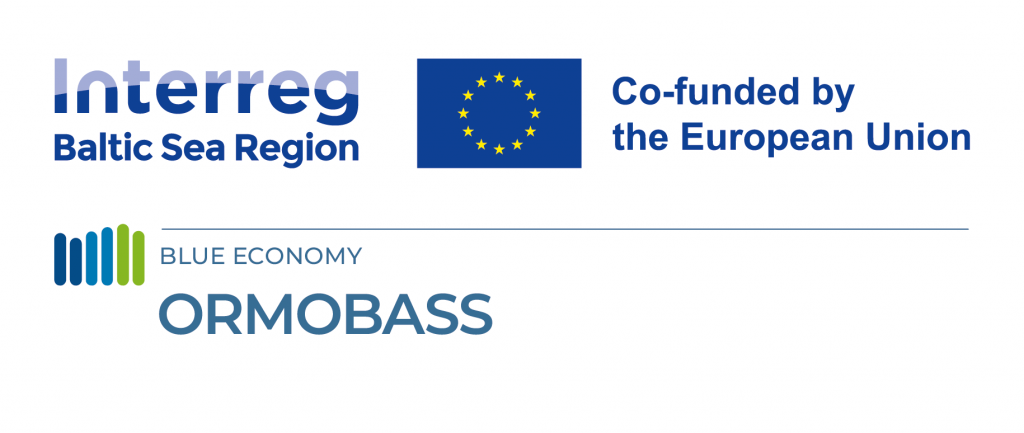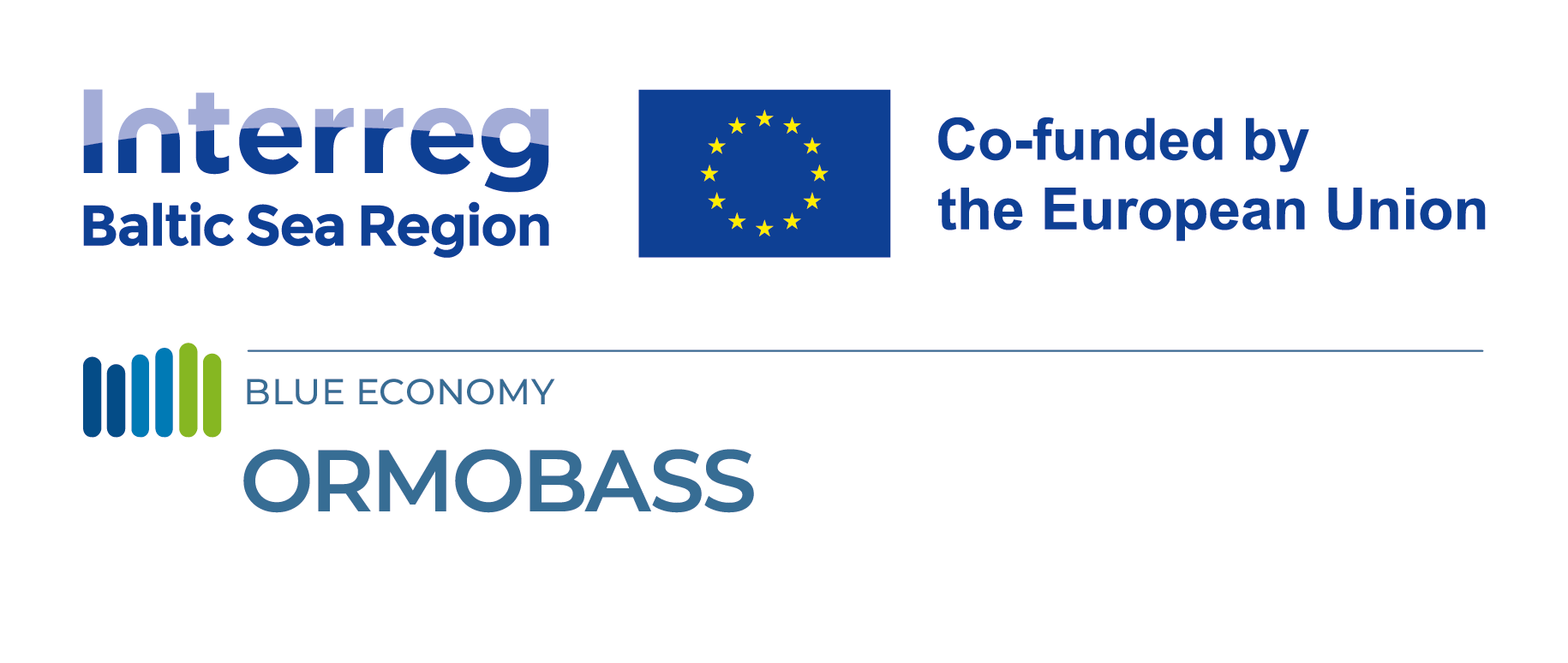The reliance of ship positioning almost solely on satellite based GNSS positioning methods has been widely recognized as a risk factor in navigation. In the Baltic Sea, shallow and rocky waters further increase the risk of accidents. From an environmental protection perspective, IMO has classified the Baltic Sea as a Particularly Sensitive Sea Area (PSSA) where the impact of accidents is especially high. The ORMOBASS project aims to address these challenges by developing a Baltic Sea R-mode (Ranging mode) positioning system which is not reliant on satellites.
What is R-mode, and how does it work?
R-mode is a positioning system that provides a reliable alternative positioning solution when satellite positioning systems are subjected to unintentional or intentional interference. R-mode uses existing maritime radio systems, such as the MF or VDES (VHF data exchange system) networks, to transmit signals. Upon receiving an R-mode signal containing a timestamp and the location of the transmission station, the ship’s receiving equipment calculates its distance to the transmitting station based on the time taken for the signal to travel. The ship’s position can be determined using the trilateration method based on signals from three different stations. In essence, this is a terrestrial system with a similar operational principle to the Decca system used before the 2000s.
What are the goals of the ORMOBASS project?
The ORMOBASS project, funded by the EU Interreg Baltic Sea Region program, continues the development work on the Baltic Sea area’s R-mode system started in previous multinational projects. The main goal of the project is to establish a functional R-mode network covering the Baltic Sea region from the Kiel Canal to the Gulf of Finland and test its operation with ships. Compared to previous projects, ORMOBASS will improve the availability and signal quality of the R-mode network and develop suitable receiving equipment for vessels.
Another important goal is to develop a new interference monitoring system that uses R-mode signals to assess the reliability of satellite positioning systems and to warn users about satellite positioning disruptions.
The third goal is to promote relevant standardization by providing new and valuable information to organizations such as IALA, IMO, and ITU. International standardization aims to ensure system compatibility and the smooth progress of development work in the future.
The role of NavSim
NavSim’s key responsibilities in the project are focused on developing and piloting R-Mode solutions for marine pilots. In particular, NavSim’s role is to design, develop and test a fully-operational R-mode compatible Portable Pilot Unit – a mobile electronic navigation system which supports R-Mode technology. Together with other project partners, we will work on developing a motherboard controller for sensors and devices, including an R-Mode AIS/VDES receiver
Information about the project:
- EU- INTERREG -project, BALTIC SEA REGION -program
- Duration: 1.11.2023 -31.10.2026
- Total budget: 3 604 583,30 eur
- NavSim budget 554 763,00 eur
Project partners:
- German Aerospace Center (DE)
- German Federal Waterways and Shipping Administration (DE)
- Swedish Maritime Administration (SE)
- Federal Maritime & Hydrographic Agency of Germany (DE)
- Finnish Transport Infrastructure Agency (FI)
- National Institute of Telecommunications (PL)
- RISE Research Institutes of Sweden (SE)
- Gutec AB (SE)
- Kongsberg Maritime AS, Seatex (NO)
- NavSim Poland Ltd. (PL)
- Alberding GmbH (DE)
- Estonian State Fleet (EE)
- Fintraffic VTS ltd (FI)
Associated partners:
- Danish Maritime Authority (DK)
- Maritime office in Gdynia (PL)
- The International Association of Marine Aids to Navigation and Lighthouse Association (IALA)
- P.U.M. UNIPIL Ltd (PL)
- Finnish Transport and Communications Agency Traficom (FI)
- Norwegian Coastal Administration (NO)


